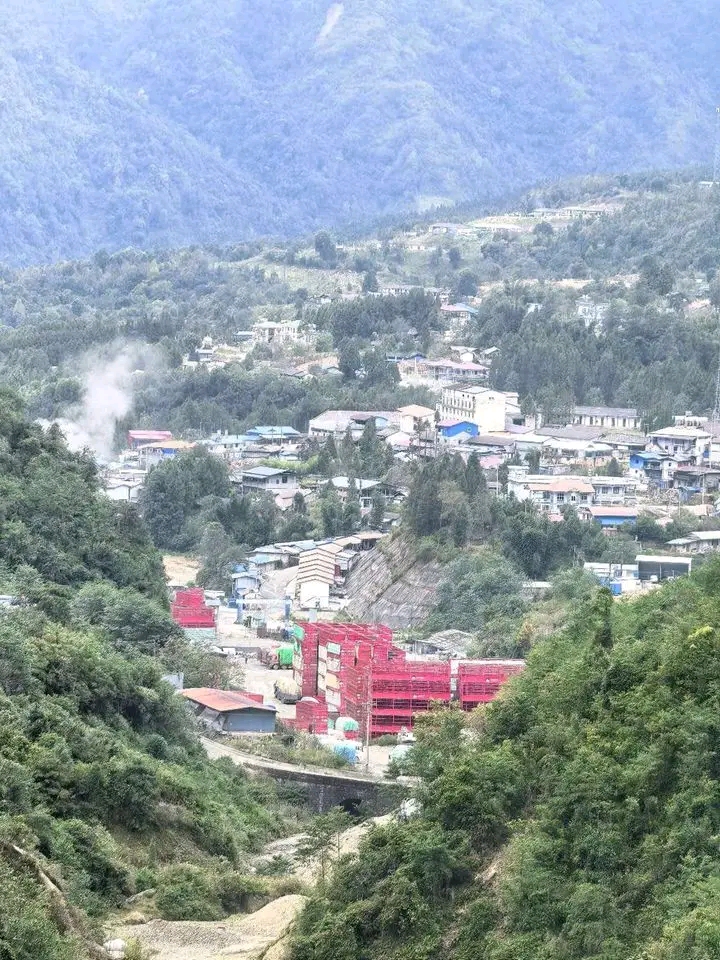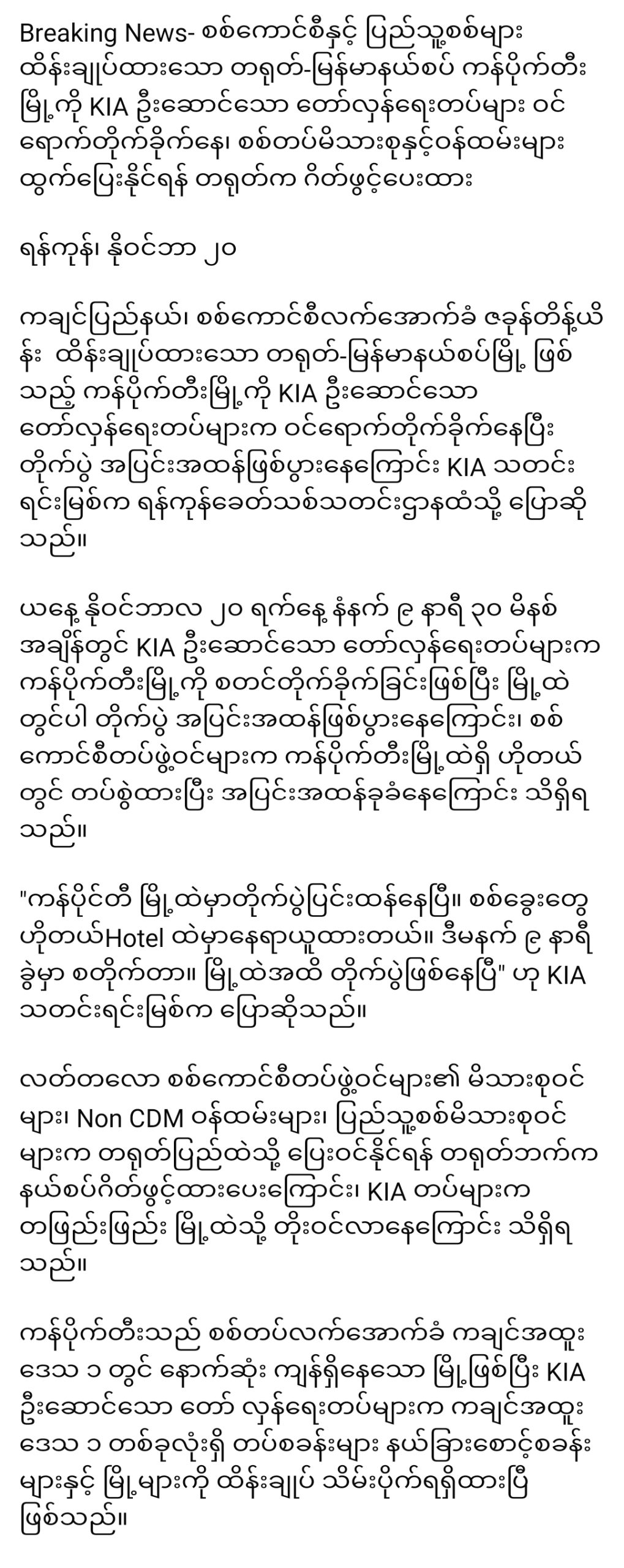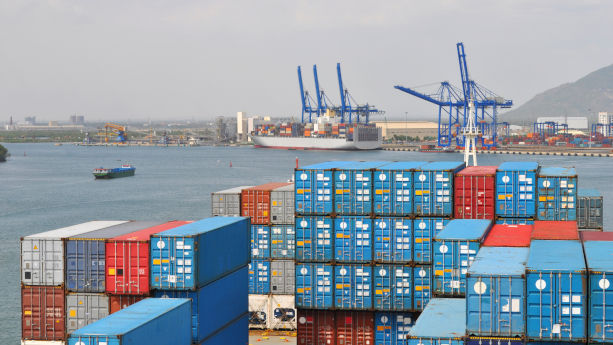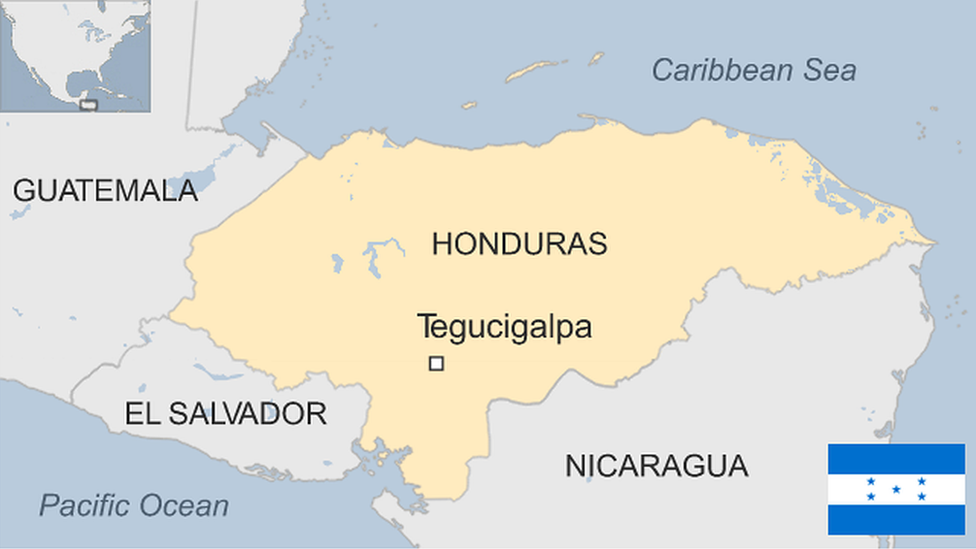
Lesotho’s main imported goods
Lesotho, a small landlocked country in Southern Africa, relies heavily on imports to sustain its economy. Due to its geographic location, limited natural resources, and small industrial base, Lesotho imports a wide variety of goods to meet the needs of its population and industries. Below is a detailed overview of Lesotho’s main imported goods:
1. Machinery and Equipment
Machinery, including industrial equipment, electrical machinery, and vehicles, accounts for a significant portion of Lesotho’s imports. These goods are essential for construction, manufacturing, and transportation. For instance, agricultural machinery supports the country’s small-scale farming sector, while construction equipment fuels infrastructure development projects.
2. Food and Beverages
Lesotho is heavily dependent on food imports due to limited arable land and reliance on subsistence farming. Staple foods such as maize, wheat, rice, and sugar are among the primary imports. Additionally, beverages like alcoholic and non-alcoholic drinks are brought in to satisfy local consumption and cater to tourism-related demand.
3. Fuel and Energy Products
Given Lesotho’s lack of domestic oil and gas reserves, it imports almost all its fuel requirements, including petroleum products like gasoline, diesel, and kerosene. These fuels power vehicles, industries, and households. Electricity is another critical energy import, despite the country exporting hydropower to South Africa. During periods of high domestic demand, Lesotho often imports electricity to stabilize supply.
4. Chemicals
Lesotho imports a range of chemical products for industrial, agricultural, and household use. These include fertilizers to support agriculture, pharmaceuticals for healthcare, and cleaning products for domestic and commercial applications. The reliance on foreign pharmaceuticals is critical to addressing health challenges, including HIV/AIDS, which has a high prevalence in the country.
5. Textiles and Apparel
Although Lesotho is a significant exporter of textiles, it also imports raw materials like fabric, yarn, and dyes to support its garment manufacturing industry. These materials are processed into clothing for export, primarily to the United States and South Africa, under trade agreements such as the African Growth and Opportunity Act (AGOA).
6. Vehicles and Spare Parts
With a growing urban population and increased trade activities, demand for vehicles and spare parts has risen. Lesotho imports a wide range of vehicles, including passenger cars, trucks, and buses, along with replacement parts to support the automotive sector.
7. Consumer Goods
Everyday consumer items, such as electronics, furniture, and appliances, are widely imported. These goods cater to the growing middle class and the needs of urban households. Popular items include televisions, mobile phones, refrigerators, and other household appliances.
8. Construction Materials
As Lesotho invests in infrastructure, construction materials like cement, steel, and timber are heavily imported. These materials are essential for building roads, schools, hospitals, and housing, which are critical to economic growth and social development.
Key Trade Partners
Lesotho’s main trade partners for imports include South Africa, which dominates due to proximity and membership in the Southern African Customs Union (SACU). Other countries like China, India, and the United States also play roles in supplying specific goods, such as electronics, machinery, and textiles.
Challenges
While importing is vital for Lesotho, it faces challenges such as a trade deficit, dependency on South African goods, and fluctuating global prices. These issues highlight the need for policies that boost local production and reduce import reliance.
In conclusion, Lesotho’s imports encompass a diverse range of goods, from essential food items to industrial machinery. These imports are critical for sustaining the economy and improving the quality of life for its citizens, even as the country continues to address its trade and economic challenges.




Leave a Reply